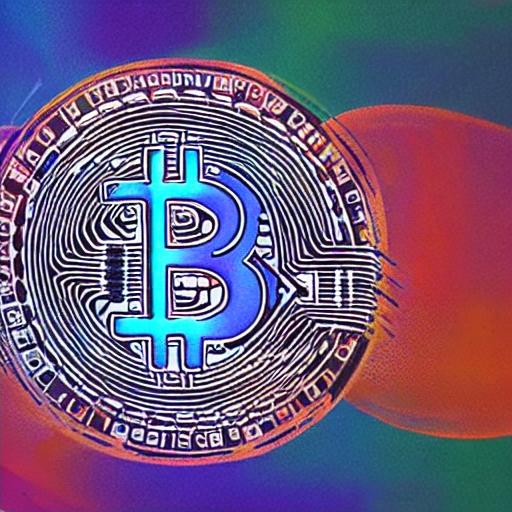NFTs, also known as Non-Fungible Tokens, have taken the digital world by storm. But what exactly are NFTs and what is the concept behind them?

In simple terms, NFTs are unique digital assets that represent ownership or proof of authenticity of a particular item or piece of content, whether it be a piece of artwork, a music album, a video clip, or any other form of digital media. What sets NFTs apart from other digital assets is that they are built on blockchain technology, making them secure, transparent, and easily verifiable.
Blockchain, the underlying technology behind cryptocurrencies like Bitcoin and Ethereum, allows for the creation of decentralized and immutable digital ledgers. NFTs leverage this technology to provide proof of ownership and prevent duplication or counterfeiting of digital assets.
So how do NFTs work? When an item is turned into an NFT, it is minted onto a blockchain and assigned a unique digital fingerprint, also known as a token. This token is stored on the blockchain and serves as irrefutable proof of ownership. The ownership and transaction history of the NFT can be easily traced and verified, thanks to the transparency of the blockchain.
NFTs have gained popularity mainly in the art world, where they have revolutionized how artists can sell and monetize their work. Traditionally, artists relied on physical galleries or online platforms to sell their art. With NFTs, artists can now tokenize their artwork and sell it directly to collectors, eliminating the need for intermediaries and potentially increasing their revenue.
The concept of NFTs has also expanded into other industries, such as music and sports. Musicians can release limited edition albums or songs as NFTs, granting buyers exclusive rights or additional perks. Athletes can tokenize moments from their careers, such as a winning goal or a remarkable performance, and sell them as collectibles.
While the concept of owning a digital asset may seem intangible, NFTs provide a sense of exclusivity and scarcity. Each NFT is unique and cannot be replicated, ensuring that the owner possesses something truly one-of-a-kind. This scarcity, combined with the ability to prove ownership and the growing demand for digital collectibles, has made NFTs highly valuable in the digital market.
However, the rise of NFTs has also sparked debate and criticism. Detractors argue that NFTs contribute to the environmental impact of blockchain technology due to its energy-intensive mining process. Additionally, some question the long-term value and sustainability of digital assets that can be easily duplicated or shared online.
Despite the controversies and uncertainties surrounding NFTs, they have undeniably opened up new possibilities for creators and collectors alike. The concept of digital ownership has been redefined, enabling artists to monetize their work in innovative ways and providing collectors with a new form of collecting and investing.
In conclusion, NFTs represent a groundbreaking concept that merges digital assets with blockchain technology. With their potential to revolutionize the art and entertainment industries, NFTs have already made a significant impact in the digital world. Whether NFTs will become a lasting trend or simply a passing craze remains to be seen, but their disruptive nature and potential for innovation cannot be ignored.
